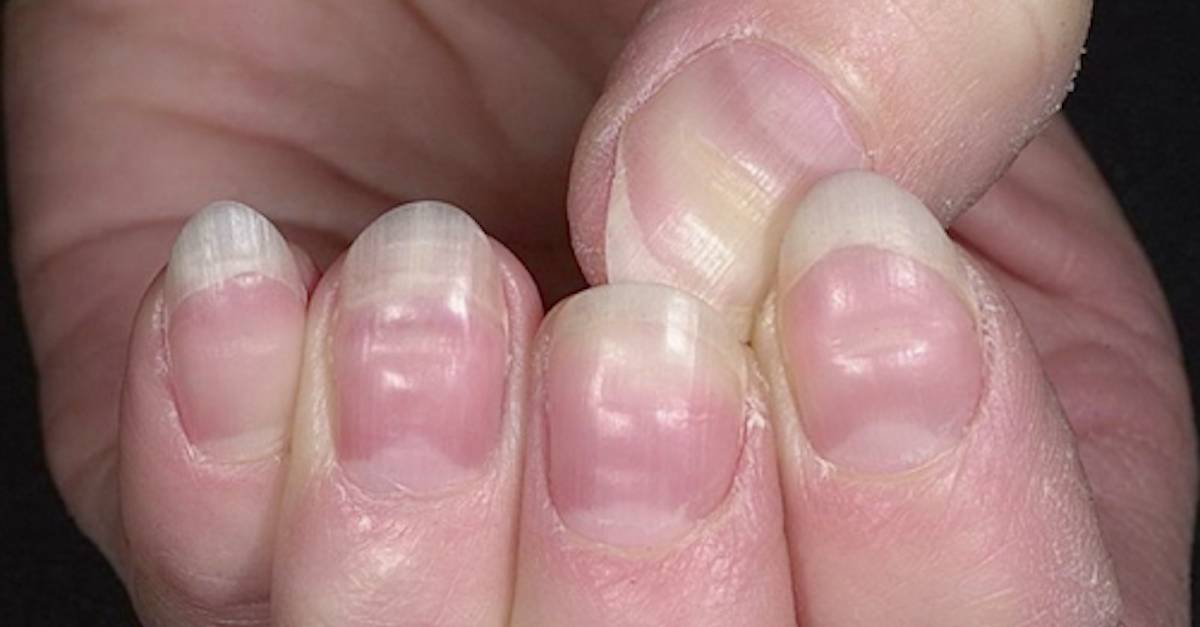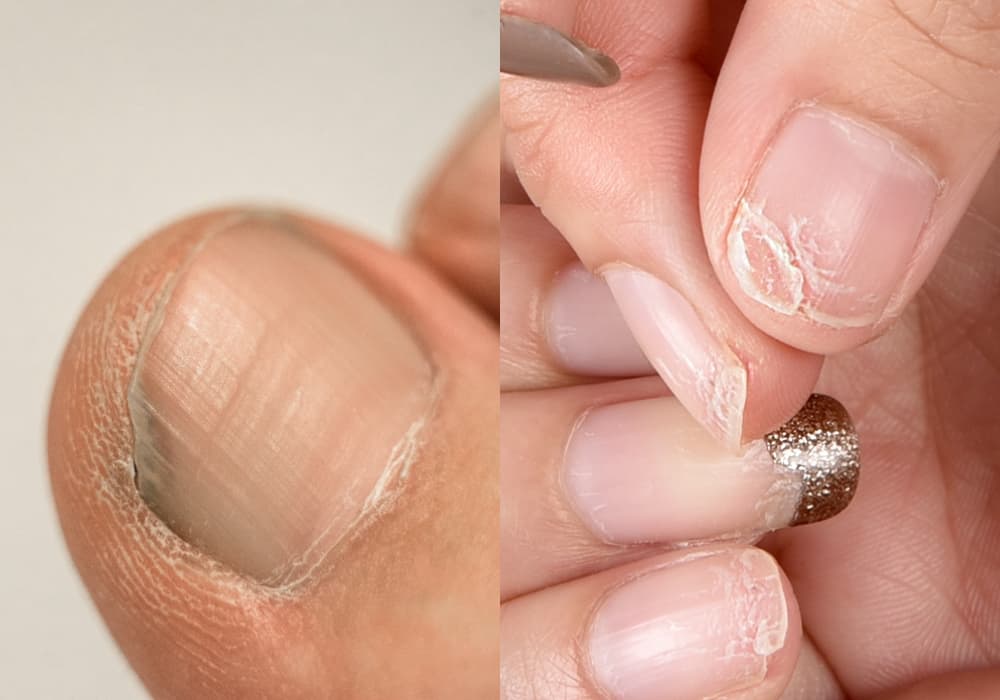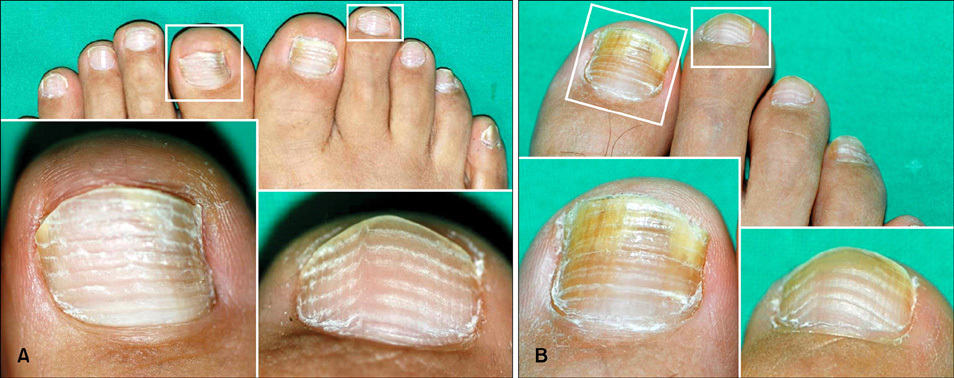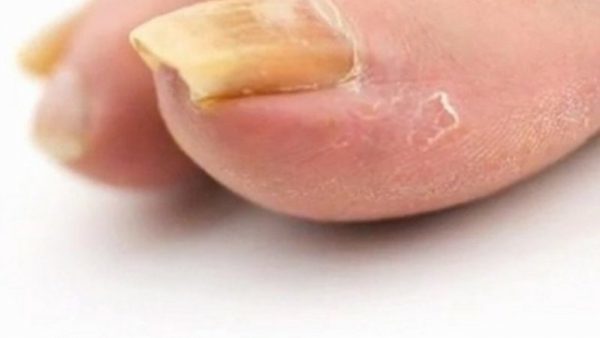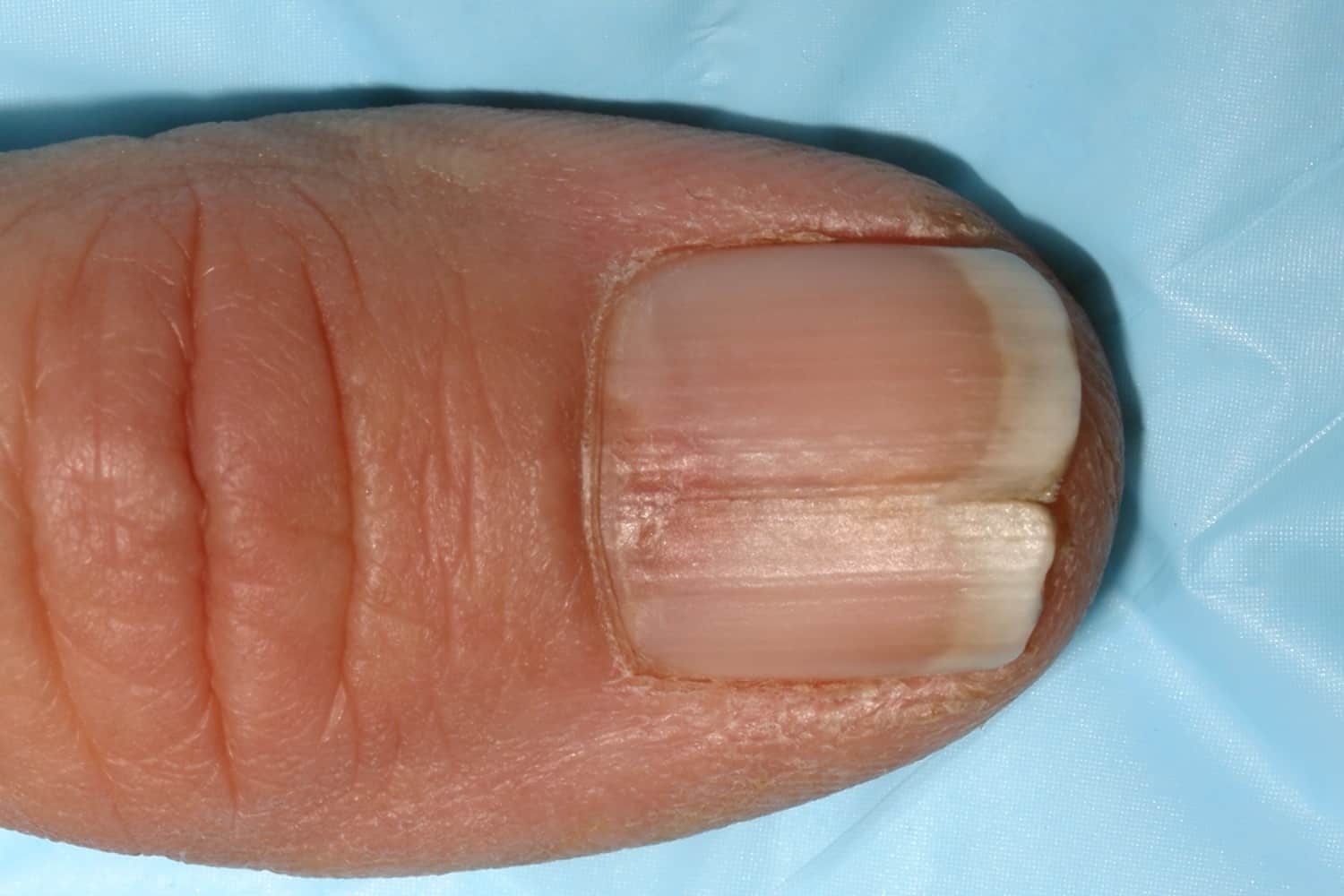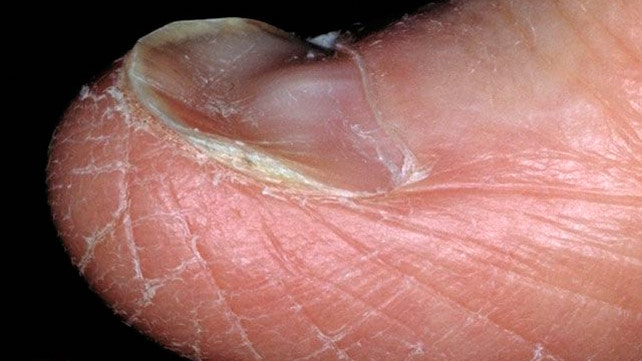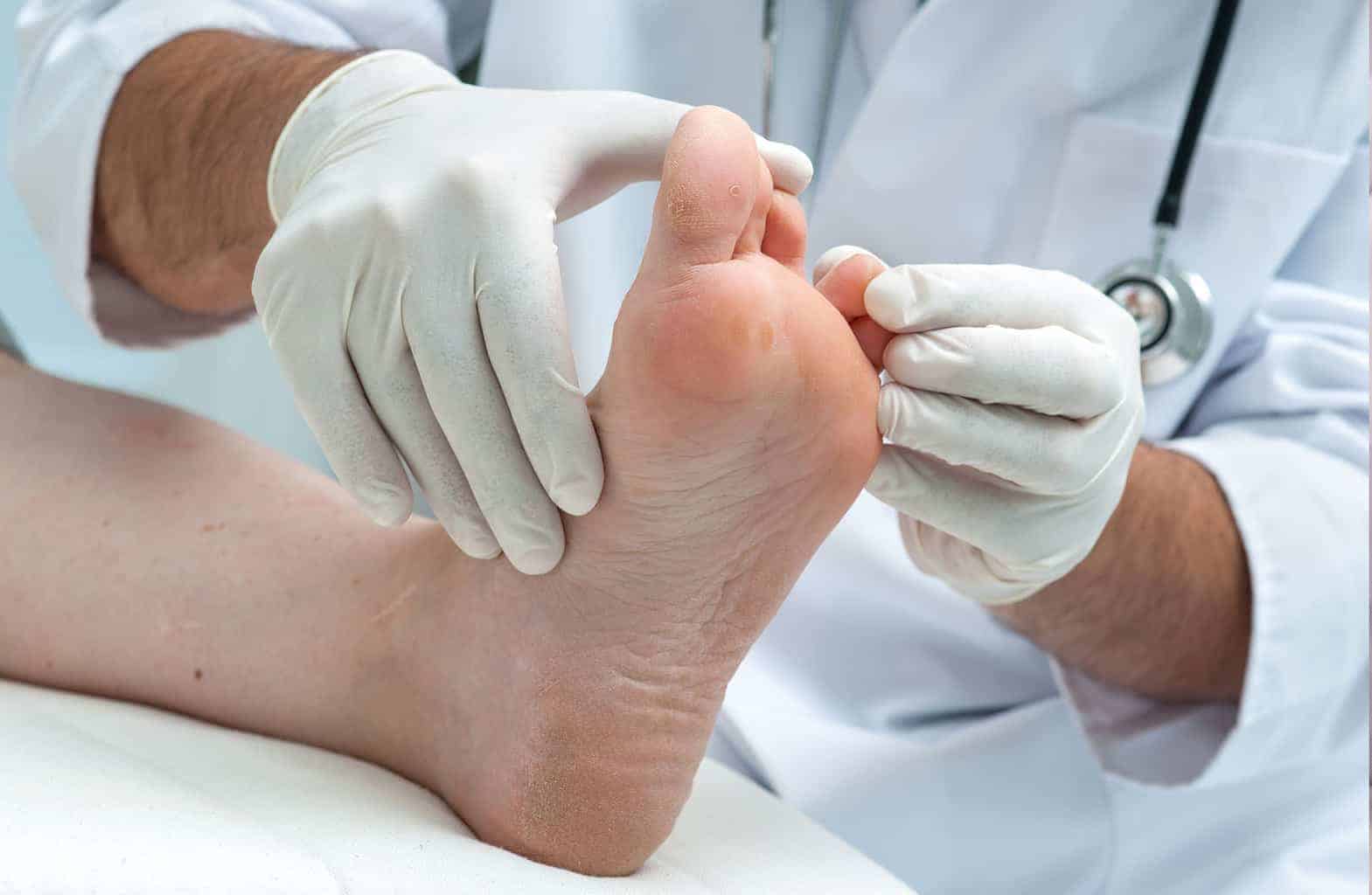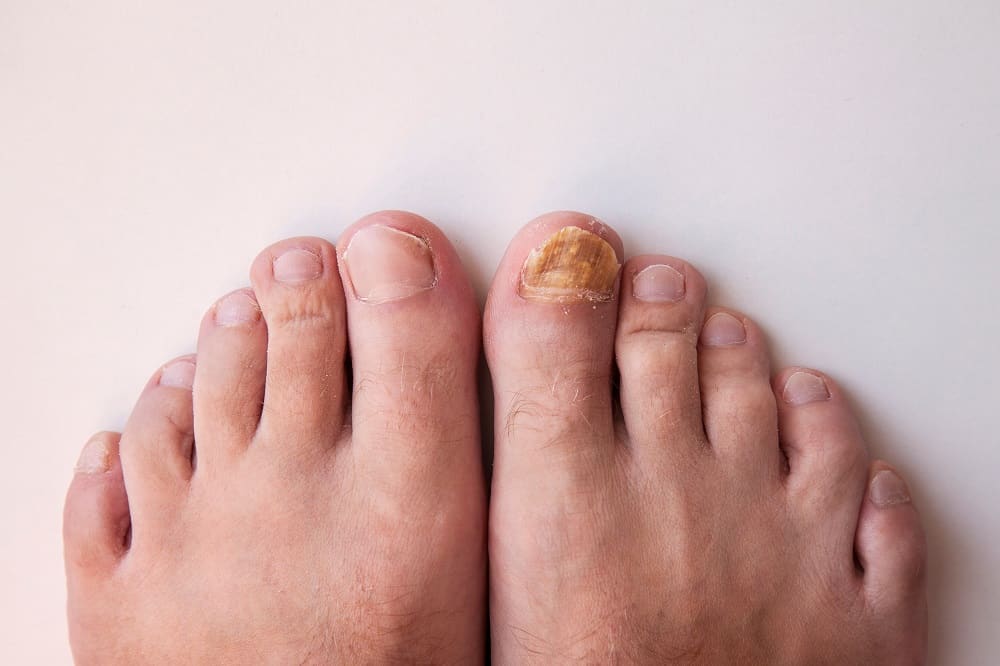Beau’s Lines 101: Causes, Treatments & Who’s At Risk
If you have indentations on your nails – both fingers and toes – in the form of a deep, grooved line straight across, you have Beau’s lines. It’s not too big of a concern if you have this issue, although your cosmetic concerns are quite justifiable.
These grooves can give your nails an uneven appearance, affecting most of your manicure sessions and more. In this article, we will discuss Beau’s Lines – its causes, treatments and more.
What Are Beau’s Lines?
Like most inventions and discoveries, Beau’s lines are named after Joseph Honoré Simon Beau, the first physician who described these indentations all the way back in 1846.
If anything, Beau’s lines shouldn’t be confused with lines that grow vertically from your cuticles. Beau’s lines are strictly horizontal in appearance with ridges that you can feel from your nails.
Additionally, Beau’s lines also shouldn’t be confused with a condition known as Muehrcke’s lines, which shows grooves that form under your nails and cannot be felt externally or physically. So, what are the causes of Beau’s lines? Why do they form?
Lunula Nail: See What It Says About Your Health
Causes of Beau’s Lines Formation
Disruption in nail growth causes Beau’s lines. A wide range of conditions can cause nail growth disruption. Although Beau’s lines can be a symptom of an illness or problem, they are often unrelated to anything serious.
One common cause of Beau’s lines is an illness. When combating a viral infection or a significant health event such as a heart attack, your body may divert energy away from some bodily processes. People recovering from illnesses such as COVID-19, pneumonia, or mumps may notice these lines on their toenails and fingernails.
Stress or trauma can also disrupt nail growth and cause Beau’s lines. Similar to an illness, severe shock or distress can potentially trigger a body response that diverts energy from new nail growth.
Injury is another common cause of Beau’s lines. For instance, dropping a heavy item on your toes may temporarily damage new nail growth. Other injuries that can cause Beau’s lines include overexposure to cold temperatures and damage from a problematic manicure.
However, Beau’s lines are also related to chronic health problems such as diabetes or hypothyroidism. Skin conditions, such as eczema and psoriasis, can also produce them.
Additionally, it could indicate that one is suffering from malnutrition. Common deficiencies related to nail growth include: Zinc, Protein and Calcium.
Generally speaking, Beau’s lines can form as a result of diseases that are severe enough that even your nail’s growth plates are affected, so you might want to reflect on your health condition if these lines pop out of nowhere on most of your nails!
Split Fingernails? Find Out The Remedies Here!
Symptoms of Beau’s Lines
These nail issues are relatively easy to identify. The symptoms all fall under visual changes to your finger or toenail. If you notice that your nail has a horizontal dent, this is most likely Beau’s line.
These lines usually extend across most of the width of your nail and may have some slight discoloration. Beau’s lines don’t cause significant pain, but you may notice some discomfort or tenderness in the area of the dent.
Treatments
Before you start looking for Beau’s lines treatments, do keep in mind that these grooves are totally harmless and will go away on their own as they grow past your nailbed and onto your nail’s edges.
Since Beau’s lines form due to underlying diseases, treatments are more geared towards the actual root of the problems rather than curing the ridges.
As an example, if you have had a proper diagnosis of diabetes and later developed Beau’s lines, having a better sugar intake control could help to prevent these ridges from developing further.
Nevertheless, if you are looking for ways to get rid of these lines, you can always buff your nails with an emery board to smoothen out some of the ridges.
Take care not to press down on your nails too much! If you do, you might end up damaging your nails further, and this is the last thing that you would want if you were looking for a solution in the first place.
Who’s at Risk of Beau’s Lines?
Anyone can get Beau’s lines, especially if it’s due to trauma or injuries. However, you have higher chances of getting these lines if you are undergoing chemotherapy, malnourished or are suffering from other systemic diseases.
Similarly, after younger children have experienced an onset of fever in Kawasaki’s disease, Beau’s lines can form on their nails approximately a month or two later.
Cuticle Infection: What to Do & DON’T
Are Beau’s Lines Dangerous?
This nail issue typically isn’t dangerous. These nail indentations are often signs of a past injury or illness from which you are now recovering. However, these lines can also signal an underlying health condition.
If you know that your Beau’s lines were caused by an illness or injury, seek proper medical treatment during your recovery process. You can always check with your doctor if you’re uncertain whether your Beau’s lines are related to your illness.
If mental distress causes Beau’s lines, this is a sign to prioritize your mental health. You should address any stress or trauma severe enough to disrupt natural body growth.
Consult a physician if you can’t identify the cause. You may have an underlying health condition or be suffering from malnutrition.
Frequently Asked Questions
Here are the answers to some of the most frequently asked questions about Beau’s lines.
What do Beau’s lines look like in nails?
Beau’s lines are horizontal ridges or dents along your toe or fingernails. Sometimes the ridges are slightly discolored and have a yellow color. These lines will only be horizontal, not vertical or round.
Does emotional stress cause beau’s lines?
Emotional stress can cause Beau’s lines and other physical changes. Severe mental distress or trauma can significantly disrupt your body’s ability to absorb essential nutrients, resulting in weak and damaged nails.
If you suspect your stress is causing it, you should seek support from a medical professional. Physical symptoms of mental distress indicate a serious issue you should speak to your doctor about.
Beau’s lines — when to see a doctor?
You should contact a doctor when you can’t easily identify the cause of your Beau’s lines. A physician can rule out underlying conditions, skin problems, and nutritional deficiencies.
If you’re recovering from a severe viral illness and notice lines on nails, you should mention it to your doctor. It may be relevant information as they track your recovery process.
Can Beau’s lines be cured?
Beau’s lines usually grow out on their own as new, healthy nail material grows. However, your nails will only grow healthily if the underlying cause of it has been properly addressed.
You can support healthy nail growth with a healthy diet and vitamin-enriched nail oils. While you can use nail polish to conceal Beau’s lines as your nails grow out, you should avoid excessive cosmetic nail treatments, as this can disrupt healthy growth.
Are Beau’s lines genetic?
Genetic Beau’s lines are rare. In some instances, they can be related to a health condition that is genetically inherited, but they’re not directly caused by genetics.
Can children get Beau’s lines?
Yes, children can get Beau’s lines. If a child suffers an injury, illness, or emotional trauma, their nail growth can be disrupted. If your child has dents in their nails and you can’t identify the cause, check with their pediatrician.
Beau’s lines versus nail ridging — what’s the difference?
Beau’s lines and nail ridging are different phenomena. Nail ridging, or longitudinal ridging, presents as vertical ridges that run up and down the length of your nails. Beau’s nails are horizontal ridges.
Longitudinal ridging is a normal part of the nail’s natural aging process. If your nail is particularly rough or has deep ridges, you may want to consult a physician. However, mild longitudinal ridging occurs on every person’s nails, especially in older individuals.
Horizontal ridges are Beau’s lines and indicate a disruption in nail growth. Disruptions in nail growth are usually a sign of some kind of health event or issue.
Are Beau’s lines and nail pitting the same thing?
Nail pitting and Beau’s lines are similar in appearance but typically have different underlying causes.
Nail pitting appears as smaller dents or holes in the nail, as opposed to horizontal lines. Nail damage that features pitting can be a symptom of a skin condition or autoimmune disease and should be examined by a doctor.
In short, Beau’s lines are horizontal grooves that can be felt on the surface of your nails. It’s not much of a concern if you have one or two after injuring your nails.
But if you have plenty of these across your nails, it could be a sign of some serious underlying health conditions and you should consult a doctor for a check-up as soon as possible.
